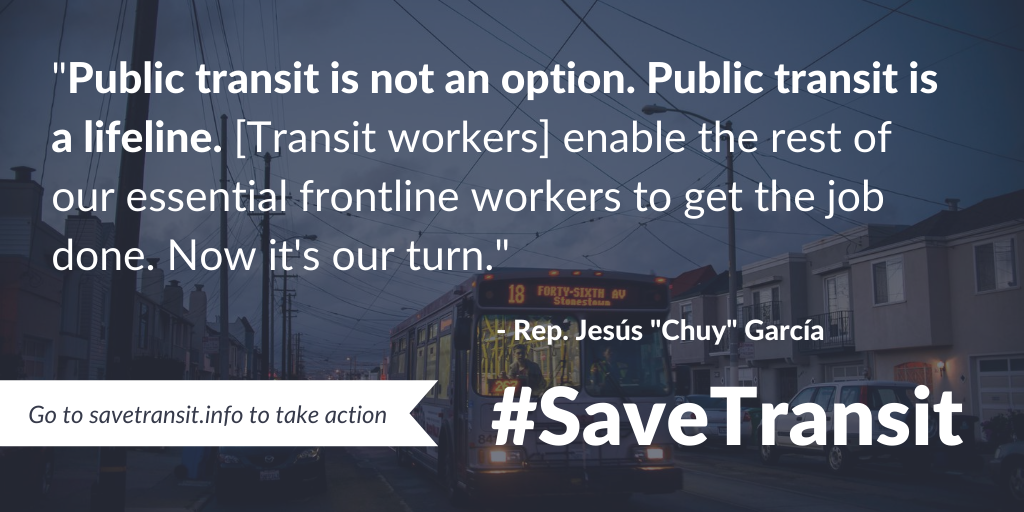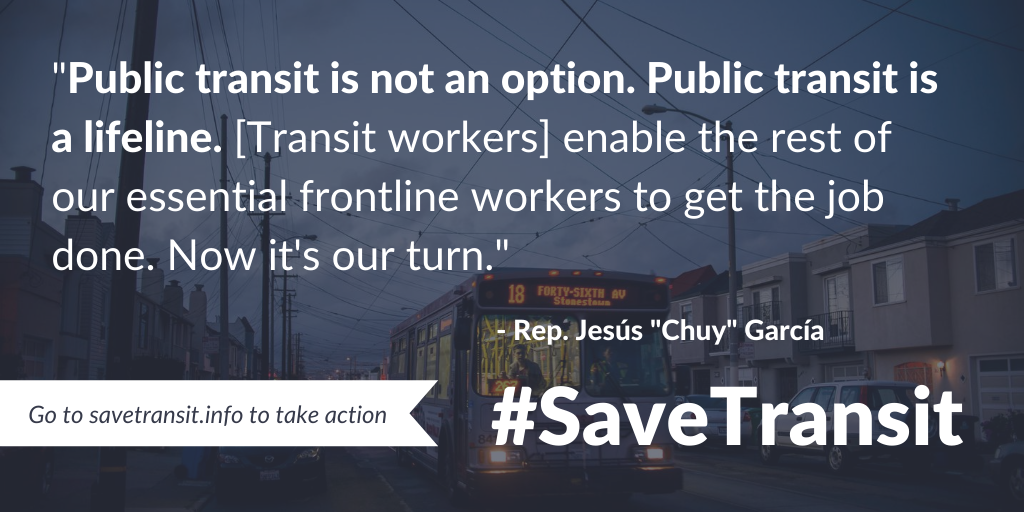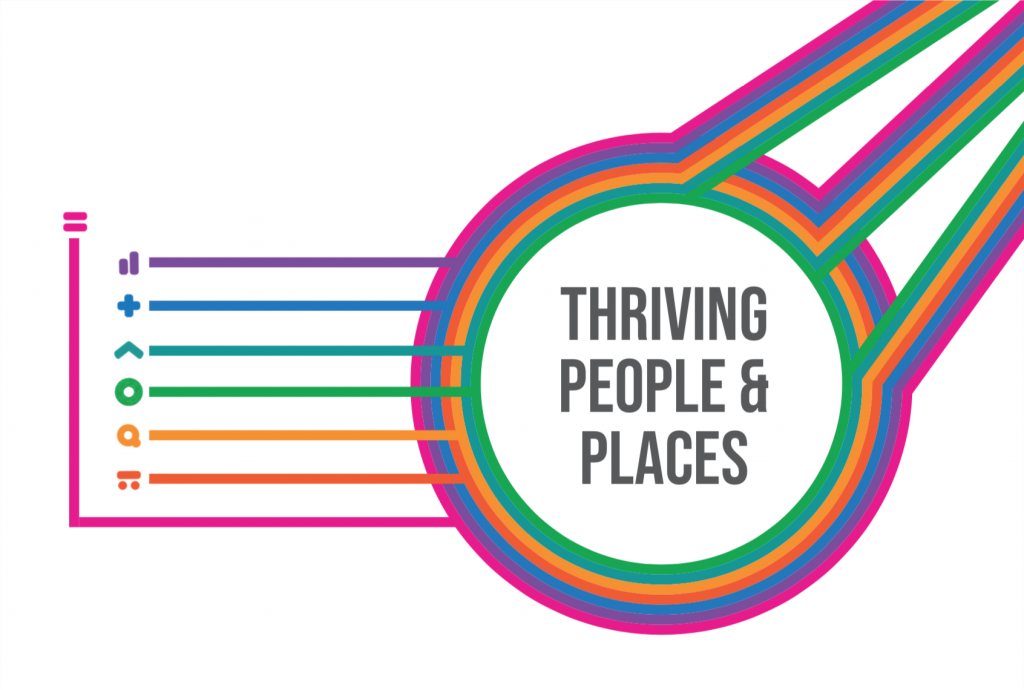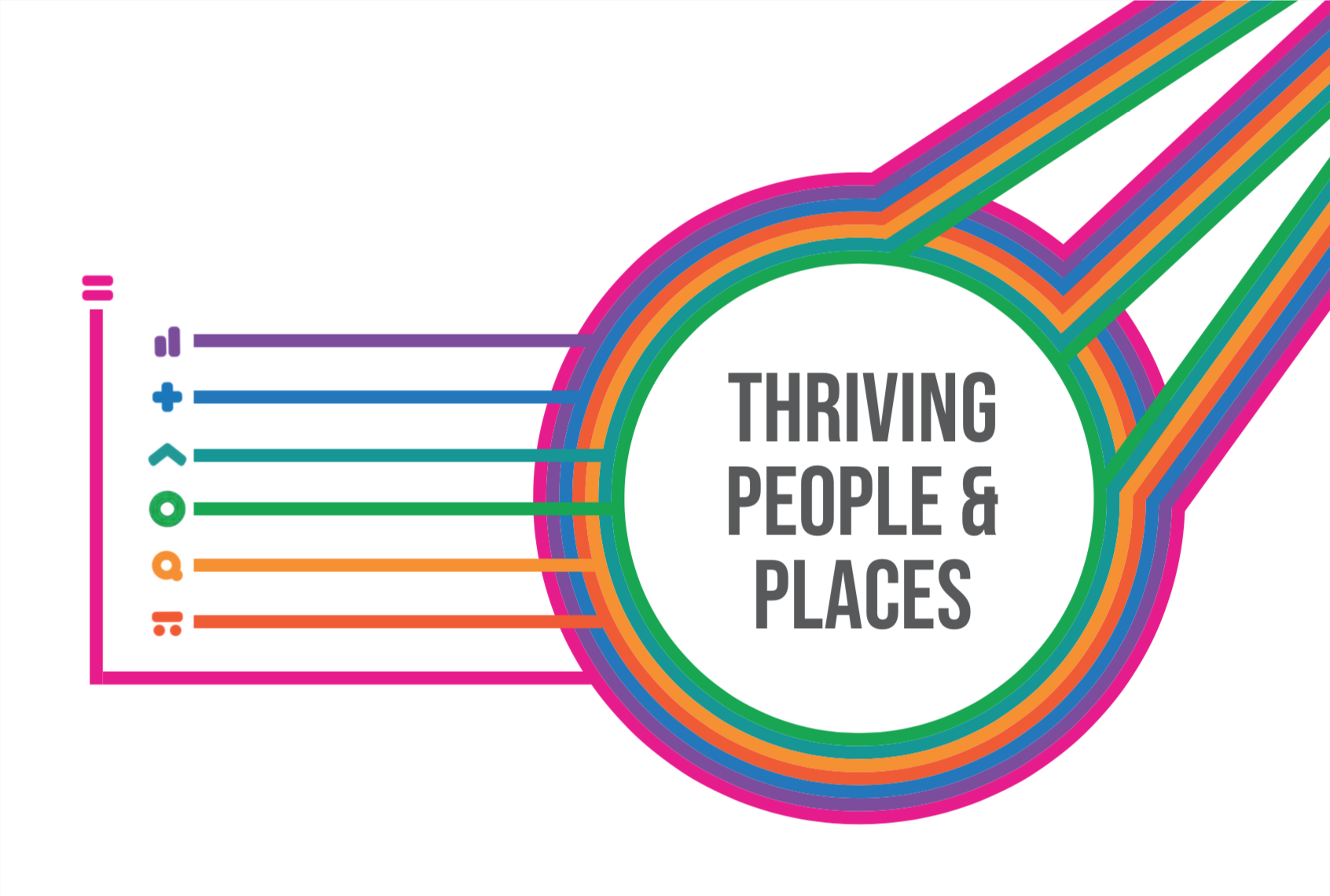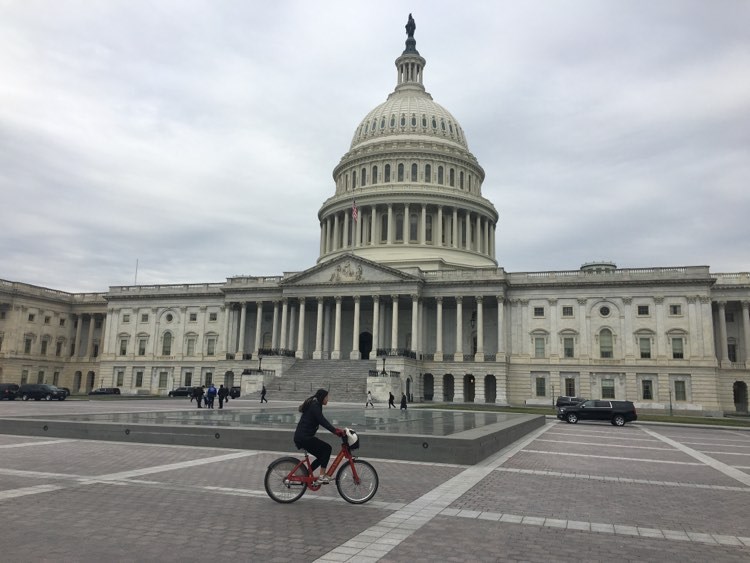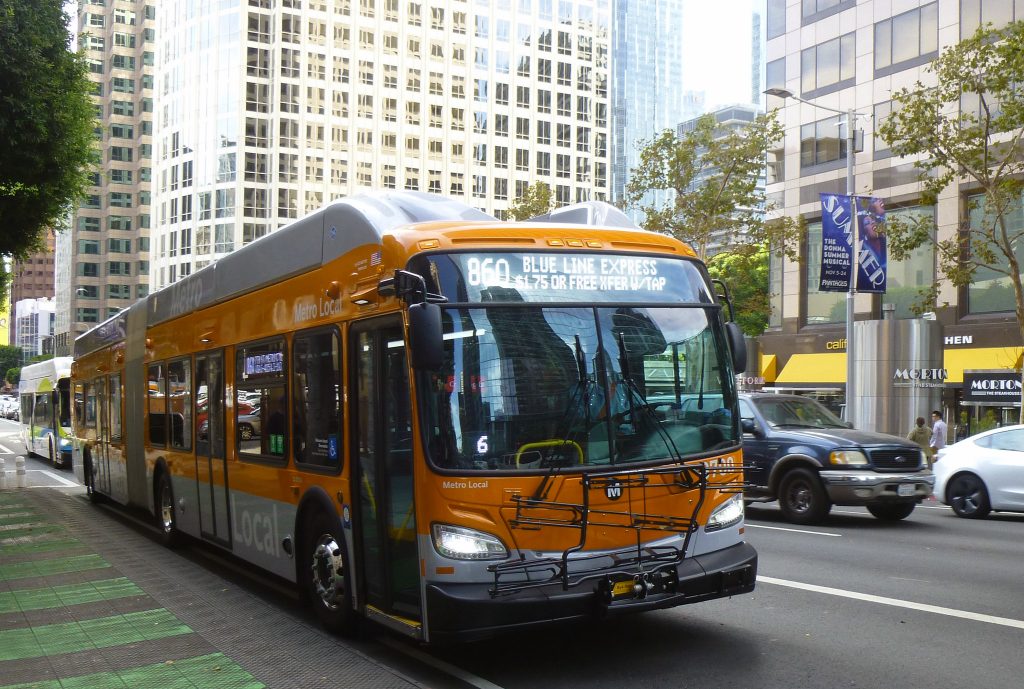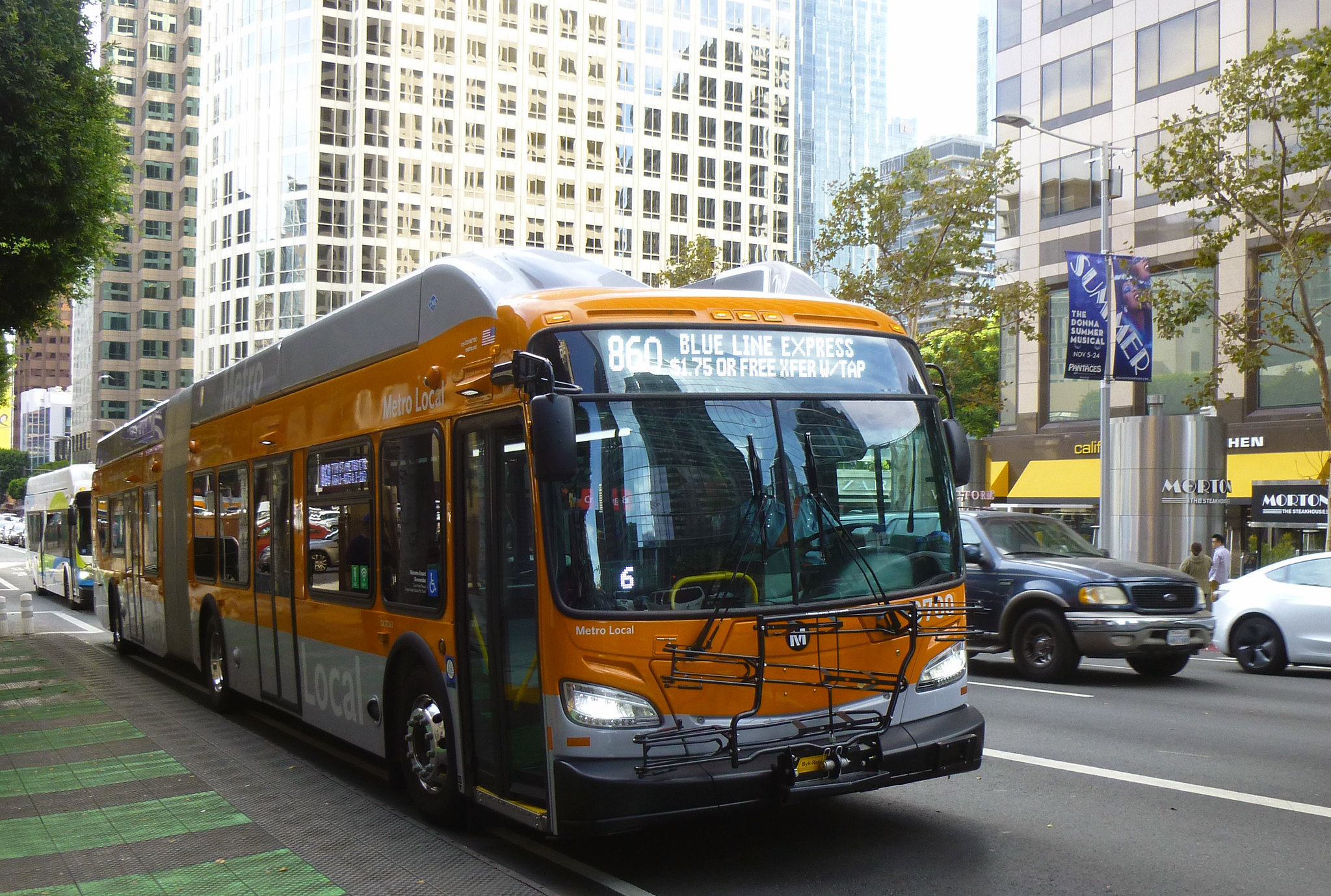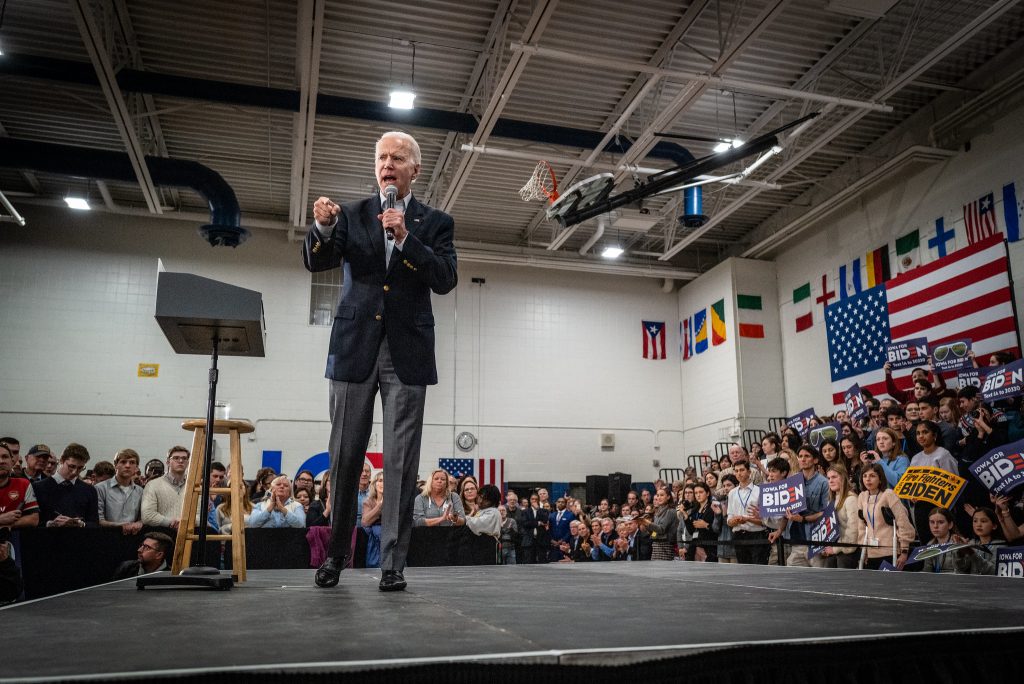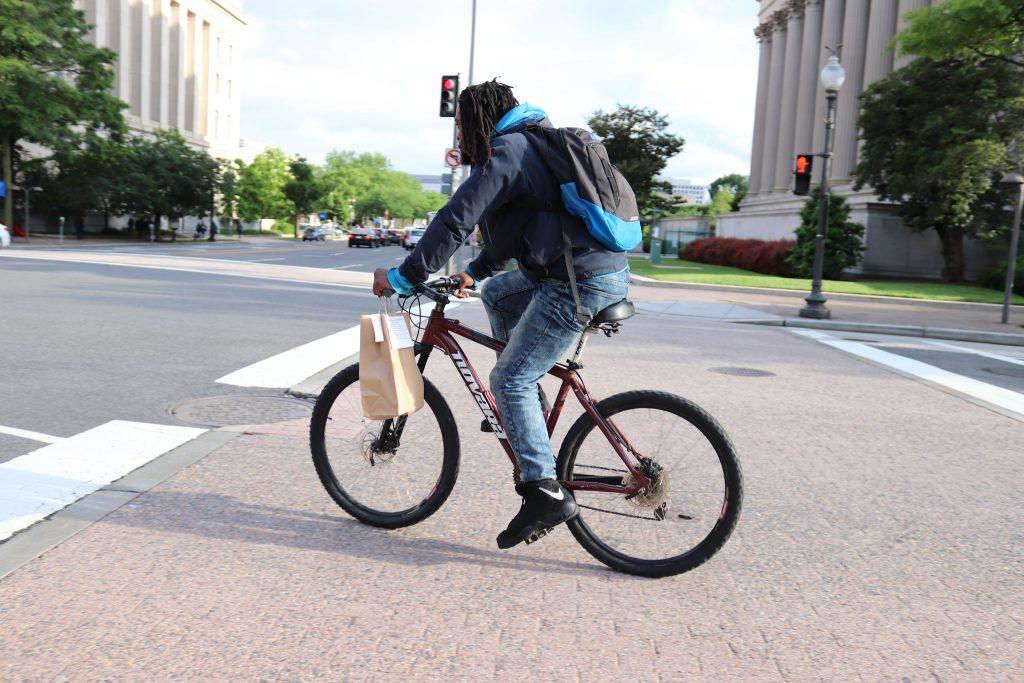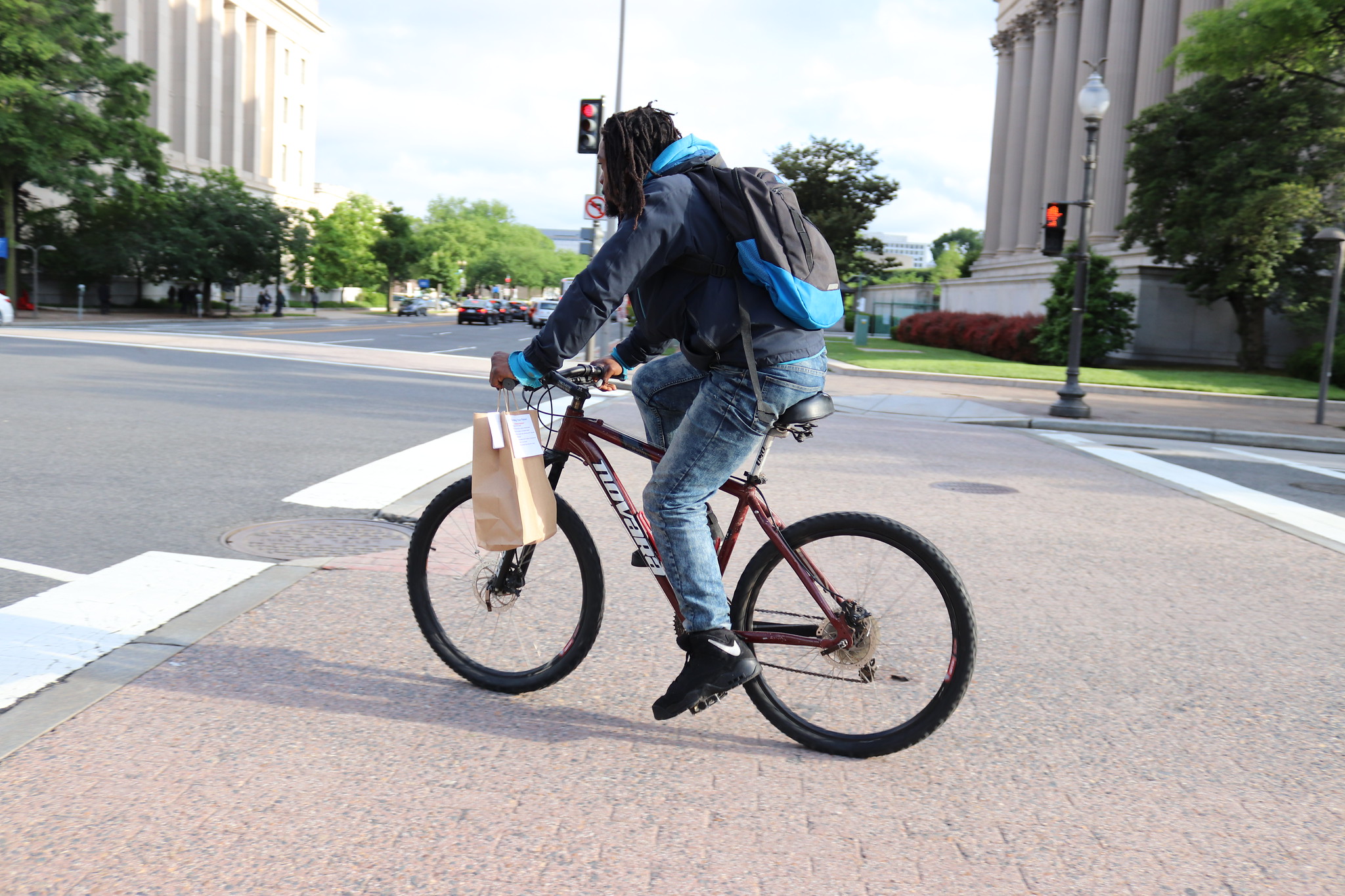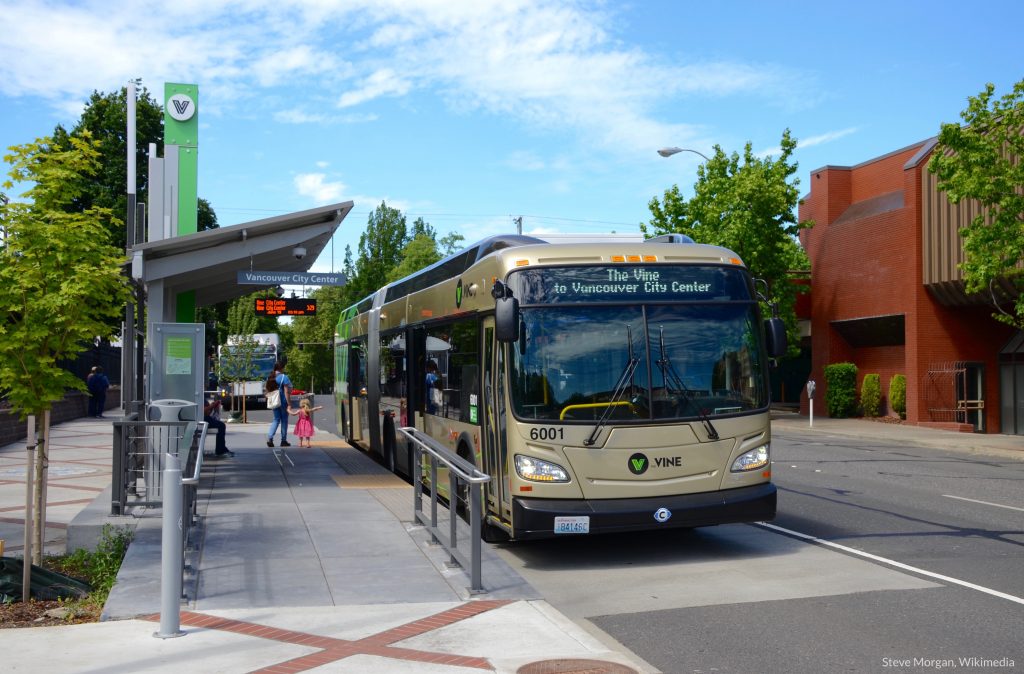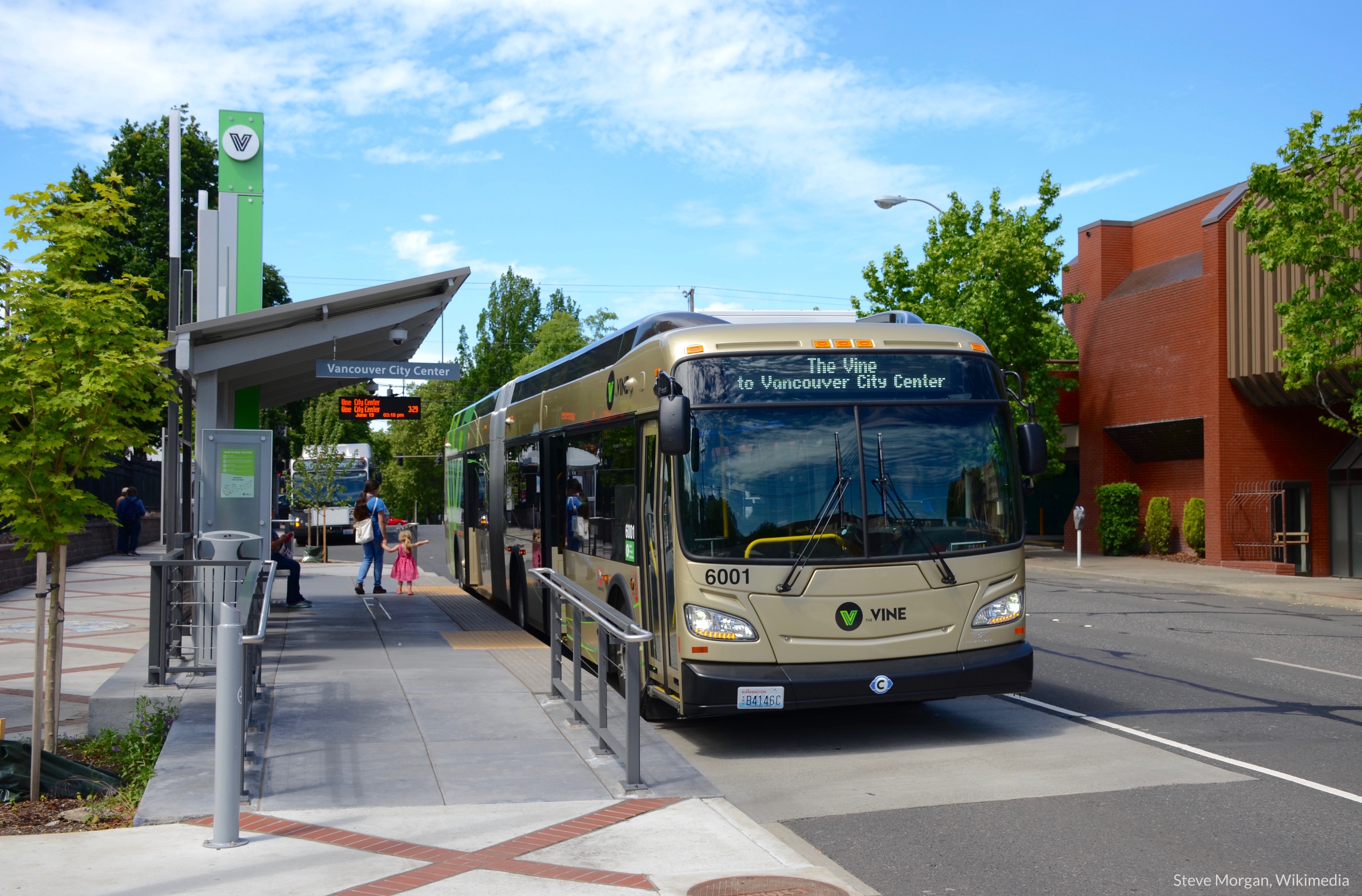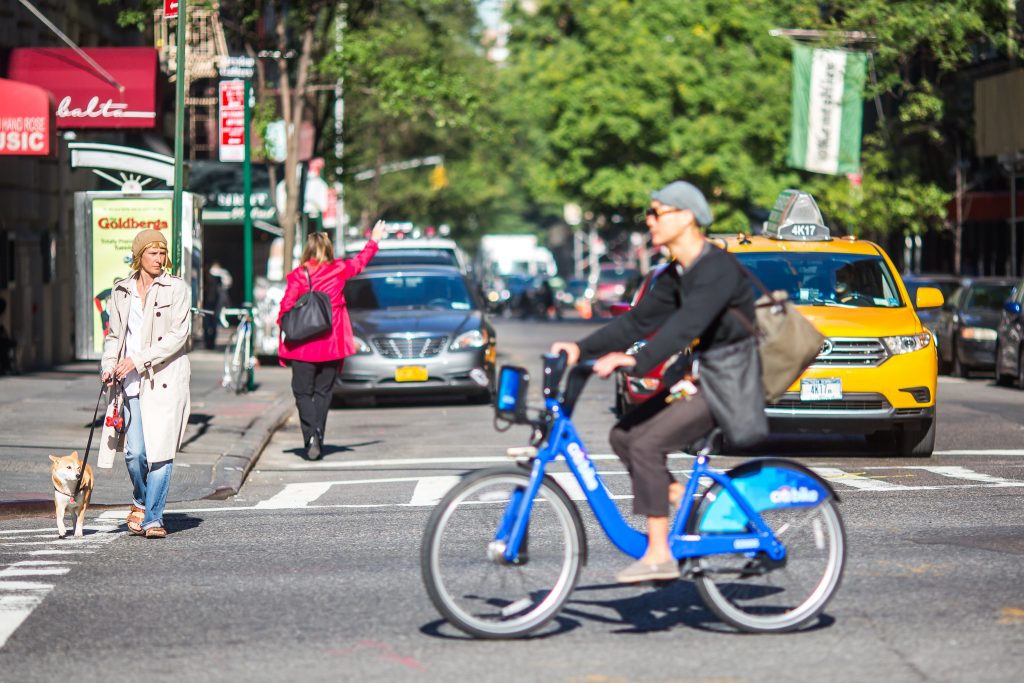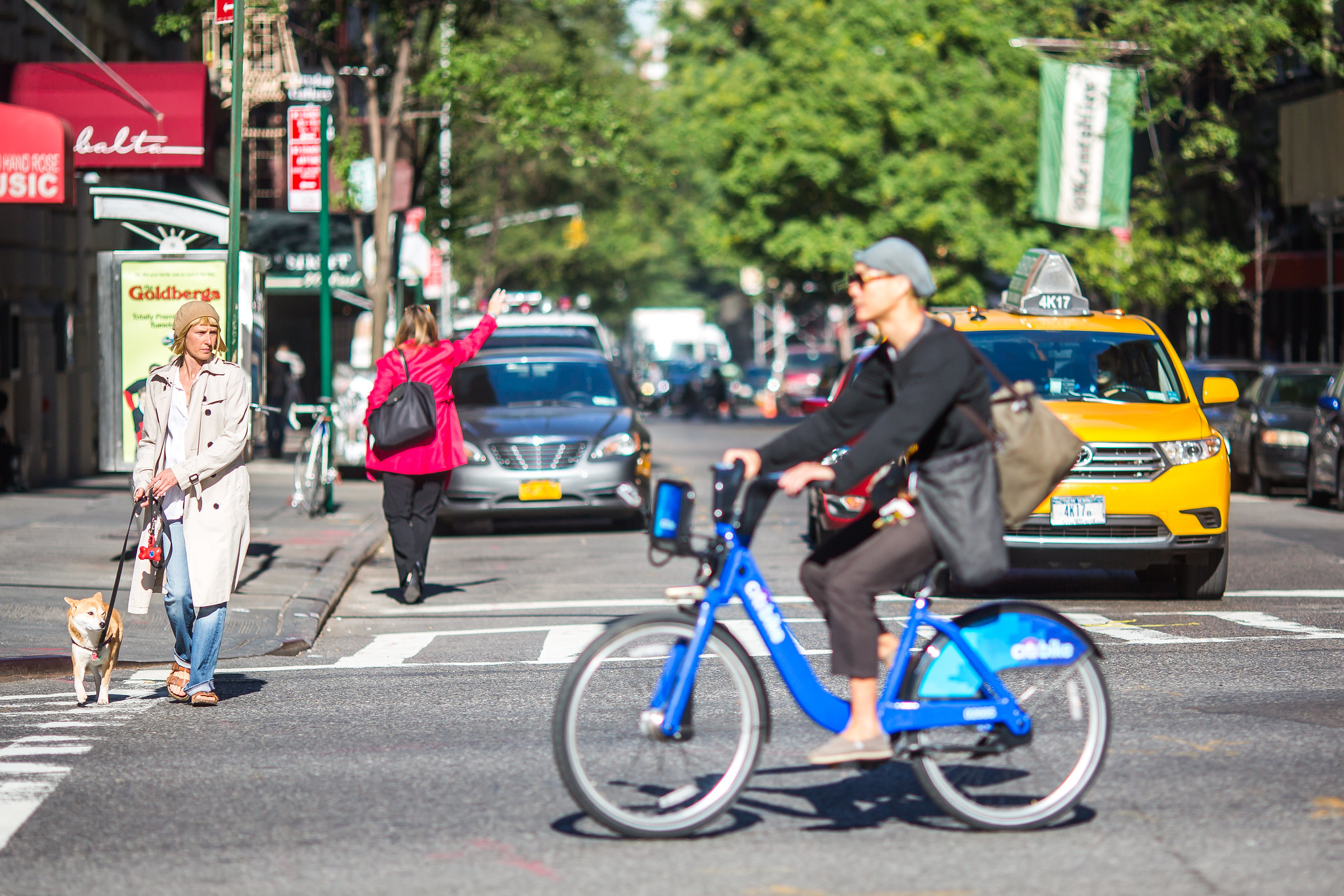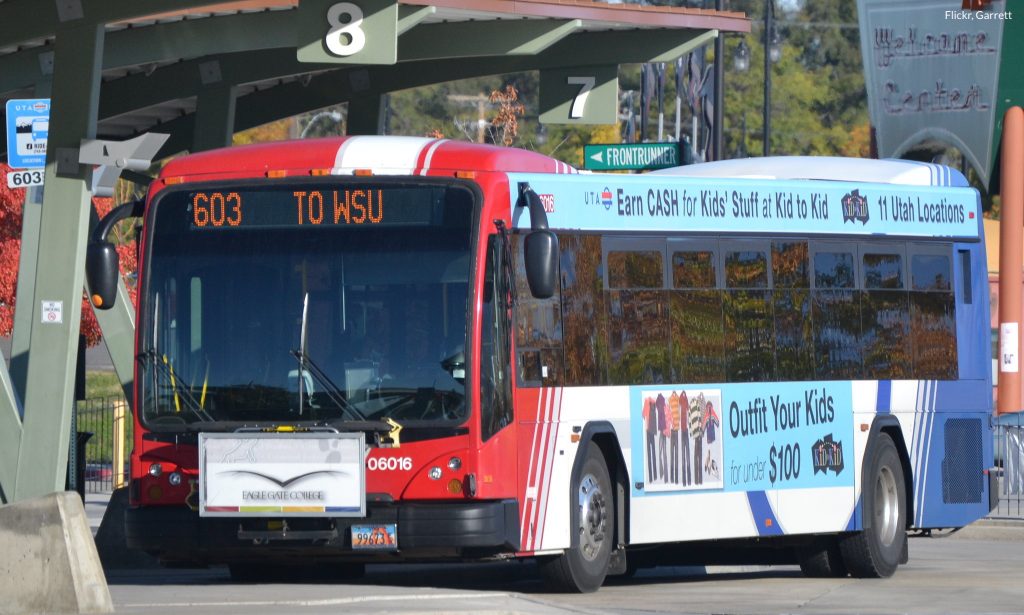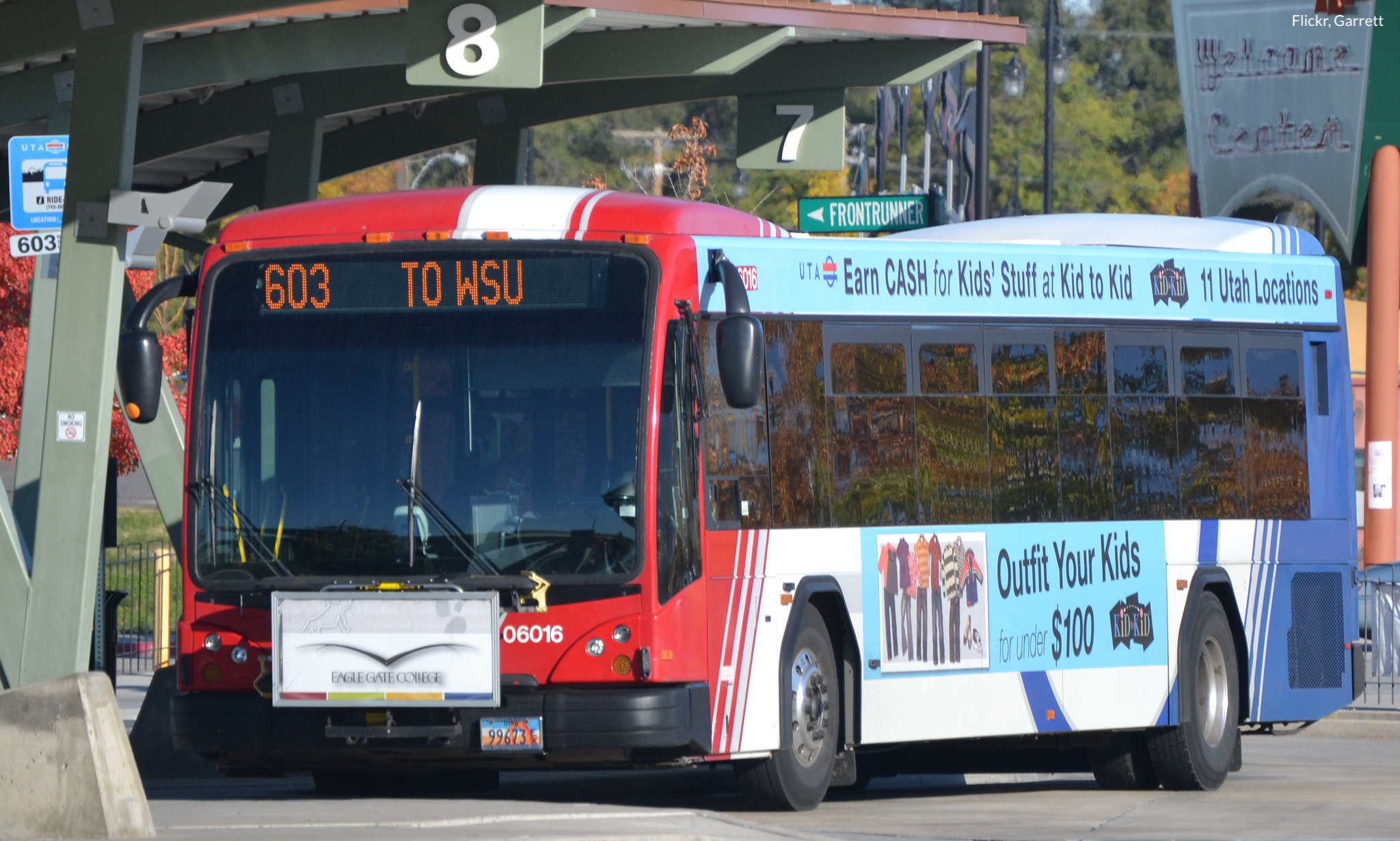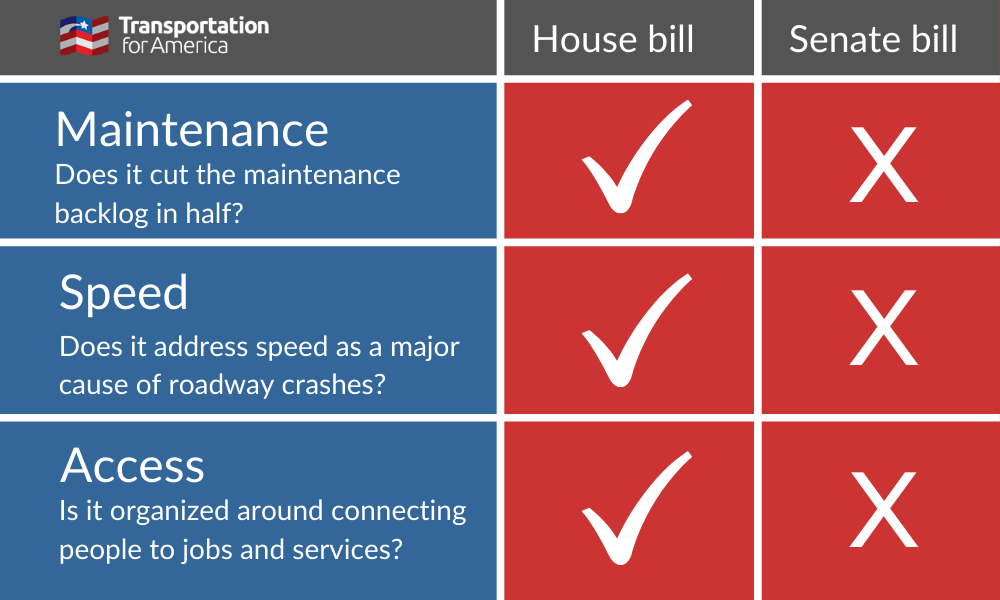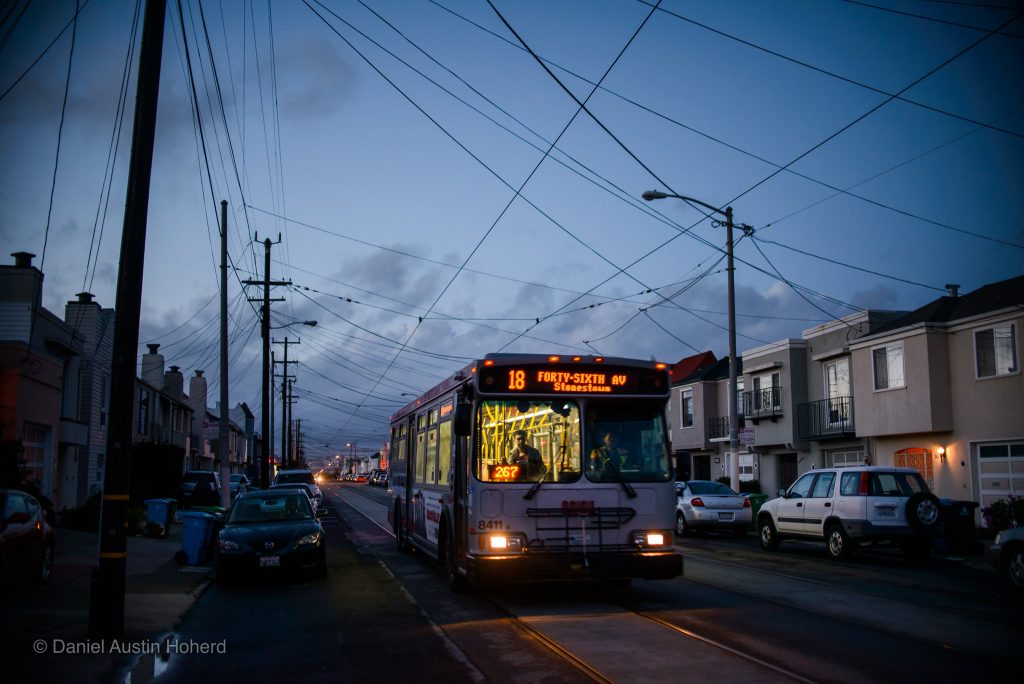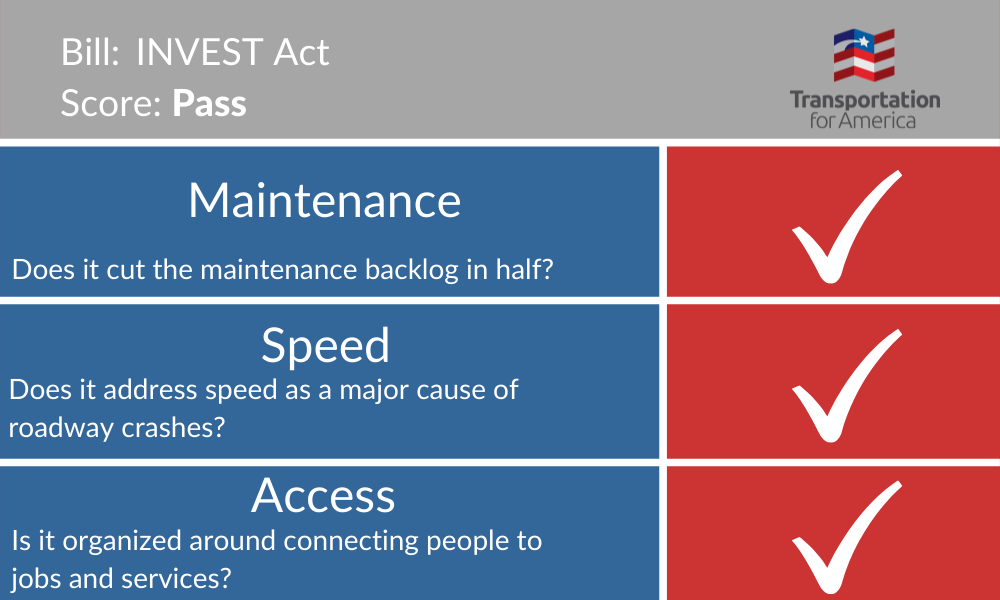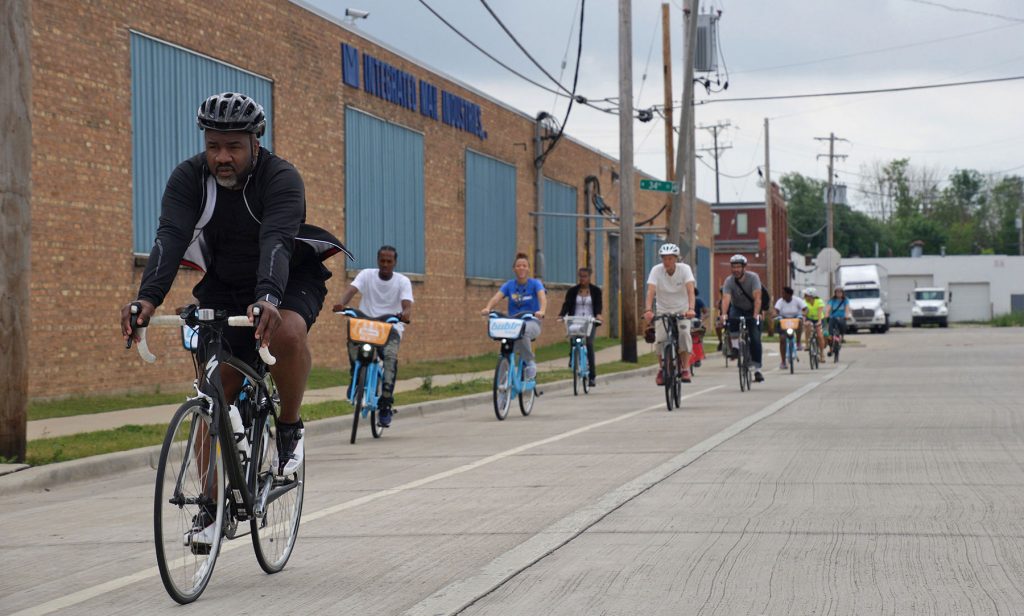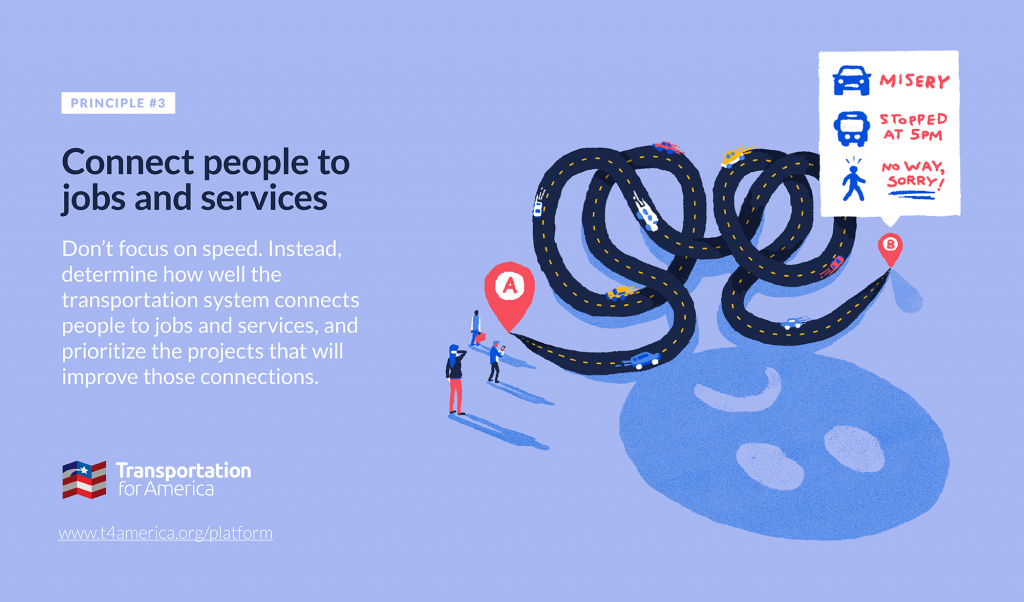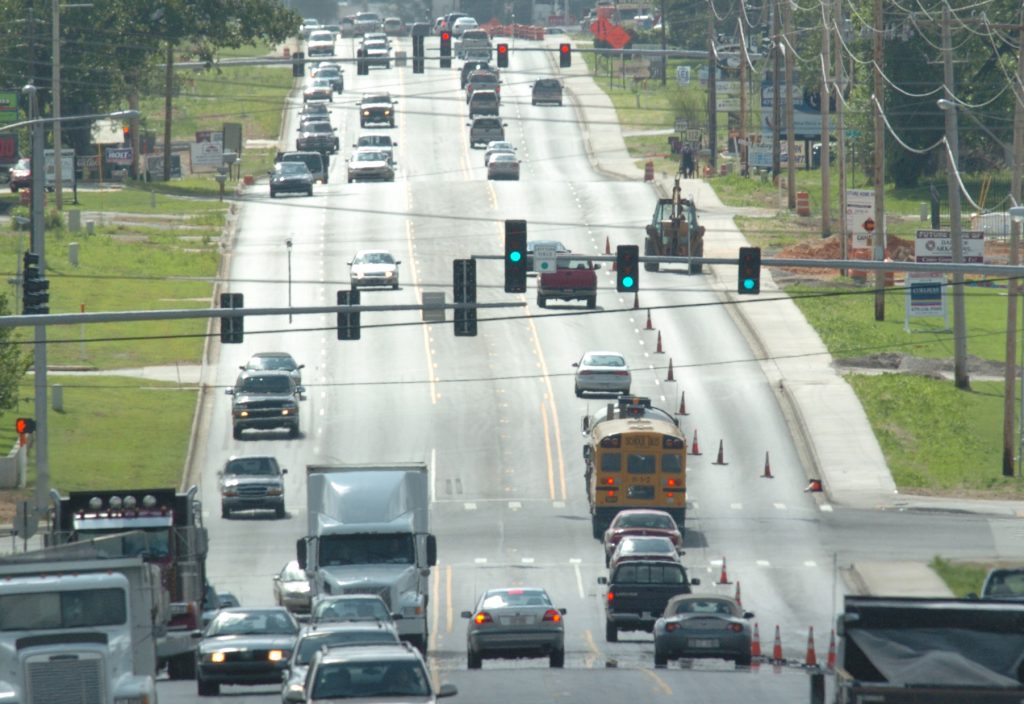
Transportation is the largest source of U.S. carbon emissions, and most of it comes from driving. But a long-term transportation bill passed by a Senate committee last summer would only make this problem worse. Last week, along with Third Way, we discussed the role federal transportation policy plays in making climate change worse—and what a better transportation bill looks like.

Last summer, the Senate Environment and Public Works (EPW) Committee passed a long-term transportation bill that was, quite frankly, a wolf in sheep’s clothing. The bill included a groundbreaking $10 billion for carbon reduction programs (“groundbreaking” simply because no prior transportation law had ever included any climate-related funding), while pouring 27 times that amount into programs that are perfectly designed to increase carbon emissions..
That’s why we teamed up with Third Way to host a webinar debunking the bill’s climate-friendly ethos. Our Policy Director Scott Goldstein and Third Way’s Transportation Policy Advisor Alexander Laska discussed how the Senate bill will just wind up increasing emissions, and what a better long-term transportation bill looks like (psssssh: it looks an awful lot like the bill passed by the House of Representatives this summer).
Here are three of the most frequently-asked questions from the webinar.
Why isn’t electrifying vehicles enough to reduce transportation emissions?
The reason: Americans are driving more than ever, and electrification can’t keep up with the pace of growth. As federal transportation policy and funding encourages more and wider highways, destinations—like housing, businesses, schools and more—get placed physically farther apart from each other to accommodate highways. This results in people living further away from the things they need and the places they go, causing them to drive further and further just to reach everyday destinations, as our former colleague Emily Mangan wrote in this slam dunk of a blog post.
This ever-increasing driving (known as “vehicle miles traveled”, or VMT) is why emissions have increased despite relatively large increases in fuel efficiency standards and the slow-but-steady adoption of electric vehicles thus far. Despite an admirable 35 percent increase in the overall fuel efficiency of our vehicle fleet from 1990-2016, emissions still rose by 21 percent. That’s because the total amount of miles traveled increased by 50 percent in that same period.

If we only electrify the fleet but don’t find ways for more people to drive less each day, this trend will continue to go in the wrong direction. And make no mistake, this Senate bill gives states billions in new money for new roads that will just produce more driving.
What role does Congress play in local land use decisions?
The common belief is that land-use decisions are made strictly at the local level, and that the federal government has no role or effect on them. That’s false. Federal policy plays an enormous role in local land use decisions, largely due to the incentives that federal programs create.
In the federal transportation program, 80 percent of funding is set mostly for highways, where the overarching priority is to increase vehicle speed, not to improve safety, not to make it easier to bike or walk, and not to make transit more efficient. As a result, towns and cities make decisions in response to these federal priorities and investments: they’ll widen a highway instead of repairing the existing street network or building a protected bike lane, and decide to zone more land for low-density housing or retail.
Changing federal incentives can have a ripple effect on local land-use decisions. Allowing cities and towns to use transportation dollars to invest in transit operations and maintenance might encourage local governments to make zoning decisions that support those investments: that means denser, walkable neighborhoods and downtowns.
Congress can also unlock more federal funding for equitable transit-oriented development. As we wrote with Third Way in their Transportation and Climate: Federal Policy Agenda, Congress should require that the U.S. Housing and Urban Development Department (HUD) and U.S. Department of Transportation (USDOT) coordinate to leverage billions of dollars in existing loan authority that could support mixed-income, mixed-use development and provide new revenue streams for transit, affordable housing, and local governments.
How can college-aged students and climate activists help amplify the importance of this issue?
There’s a lot that anyone can do to make sure that long-term transportation policy actually reduces carbon emissions.
It’s vitally important that members of Congress understand the connection between transportation and climate change. Anyone can understand that cars pollute the air, but making the next step—that we need to reduce driving, not just electrify it—is something that needs to be explained to many people, particularly our elected officials. The failure to understand this point has been bipartisan.It’s not enough to somehow make every vehicle electric: we also need a transportation system that allows more people to bike, walk, and take transit, as well as take shorter trips in a vehicle. Making marginal changes to yesterday’s transportation policy won’t get us there.
We have a couple of ways you can start educating your members of Congress about the real connection between climate and transportation:
- Send a letter to your members of Congress explaining why the Senate EPW Committee’s long-term transportation bill is actually really bad for the climate. We have a draft letter you can use, which you can find here.
- Tweet at your members of Congress (particularly your Senators) to urge them to pass a climate-friendly transportation bill. You can use our social media toolkit.
- Submit a short letter to the editor to your local newspaper explaining what it takes to truly reduce transportation emissions: investment in a transportation system that makes shorter trips, biking, walking, and riding transit possible.




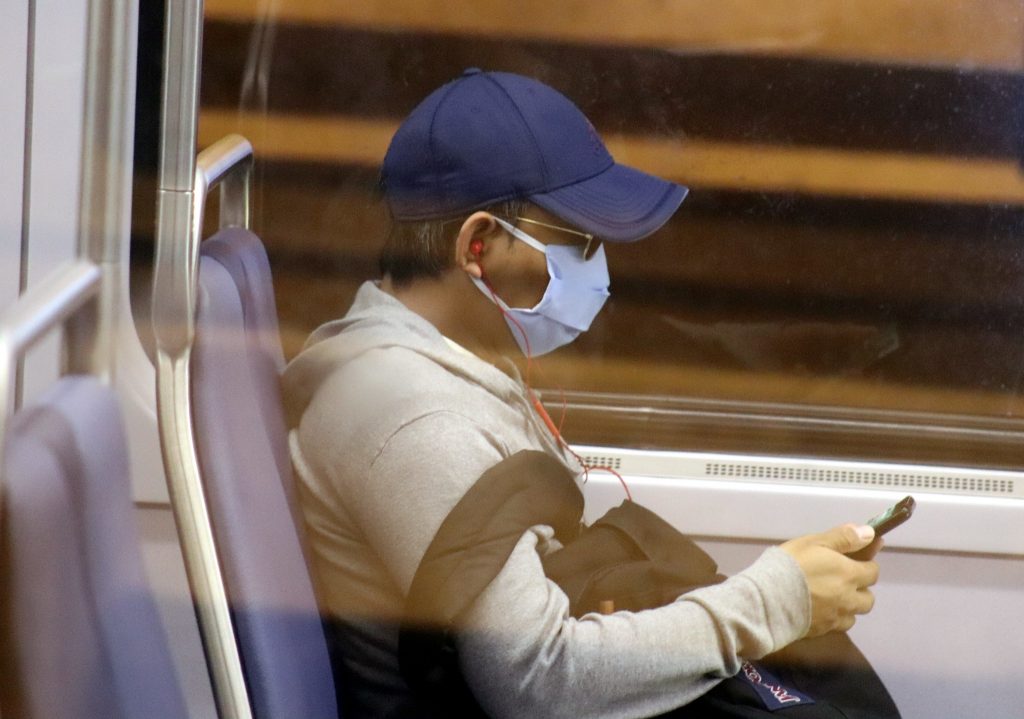
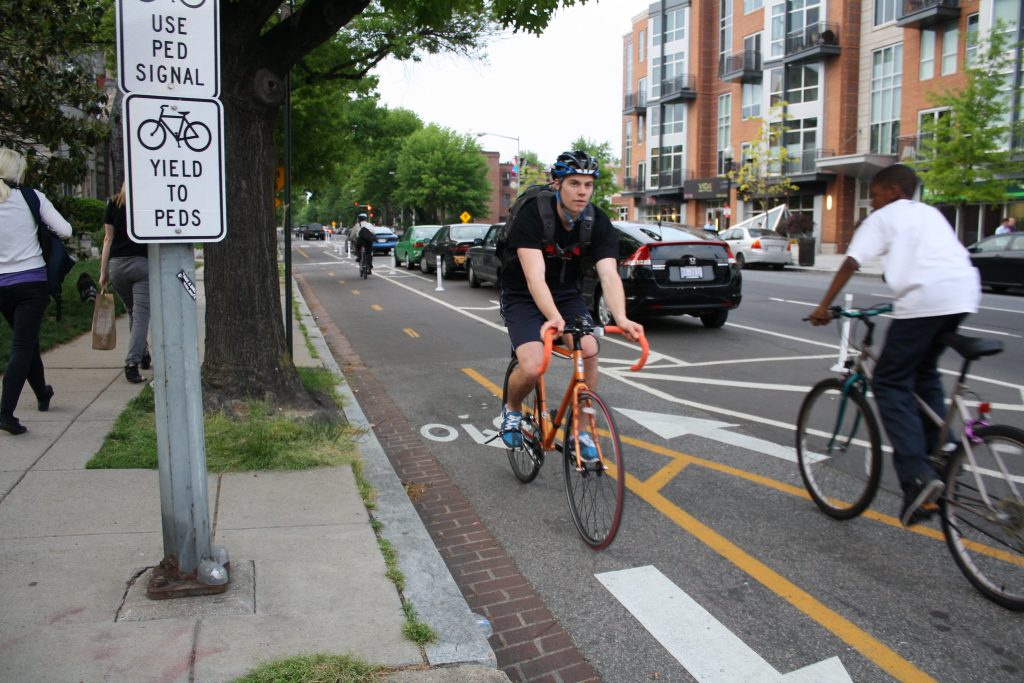
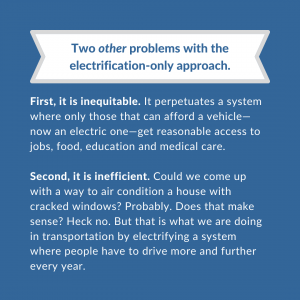 We won’t be able to increase fuel efficiency and electrify cars faster than VMT is rising, reducing the impact of electrification particularly in the next 10-20 years. And VMT is rising because the current federal transportation program—the broken program that the Senate is proposing to effectively renew with more money for five years—
We won’t be able to increase fuel efficiency and electrify cars faster than VMT is rising, reducing the impact of electrification particularly in the next 10-20 years. And VMT is rising because the current federal transportation program—the broken program that the Senate is proposing to effectively renew with more money for five years—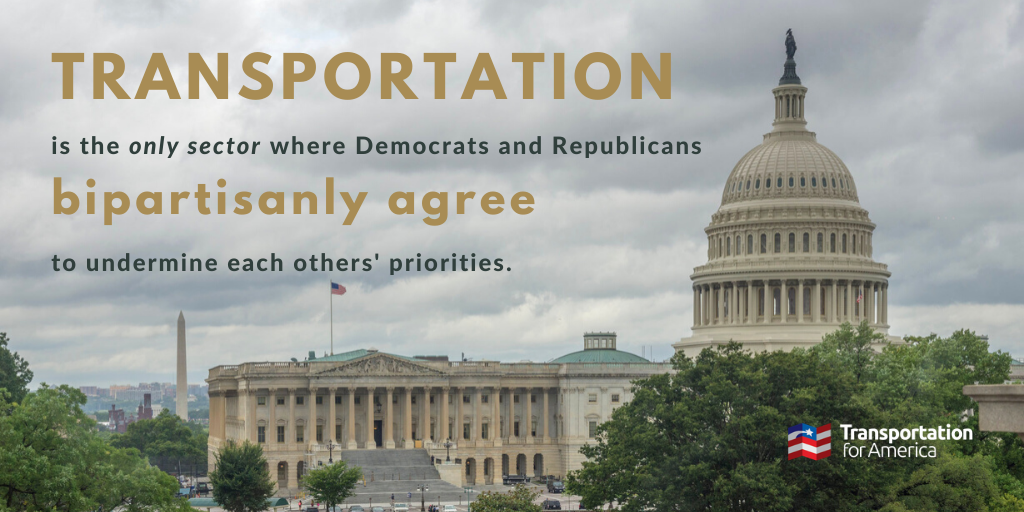
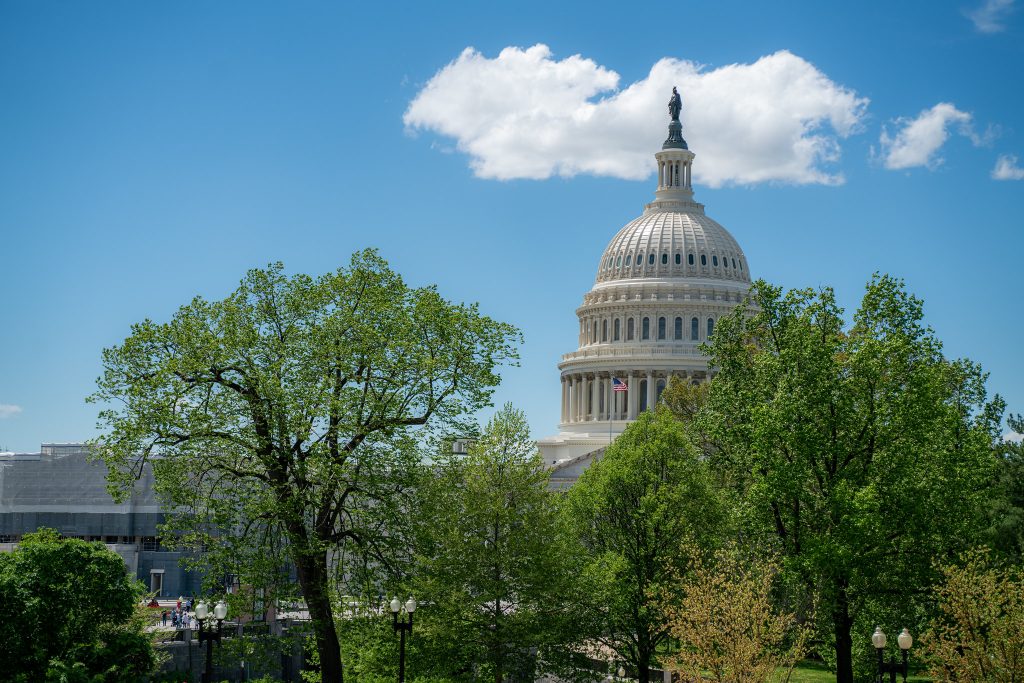
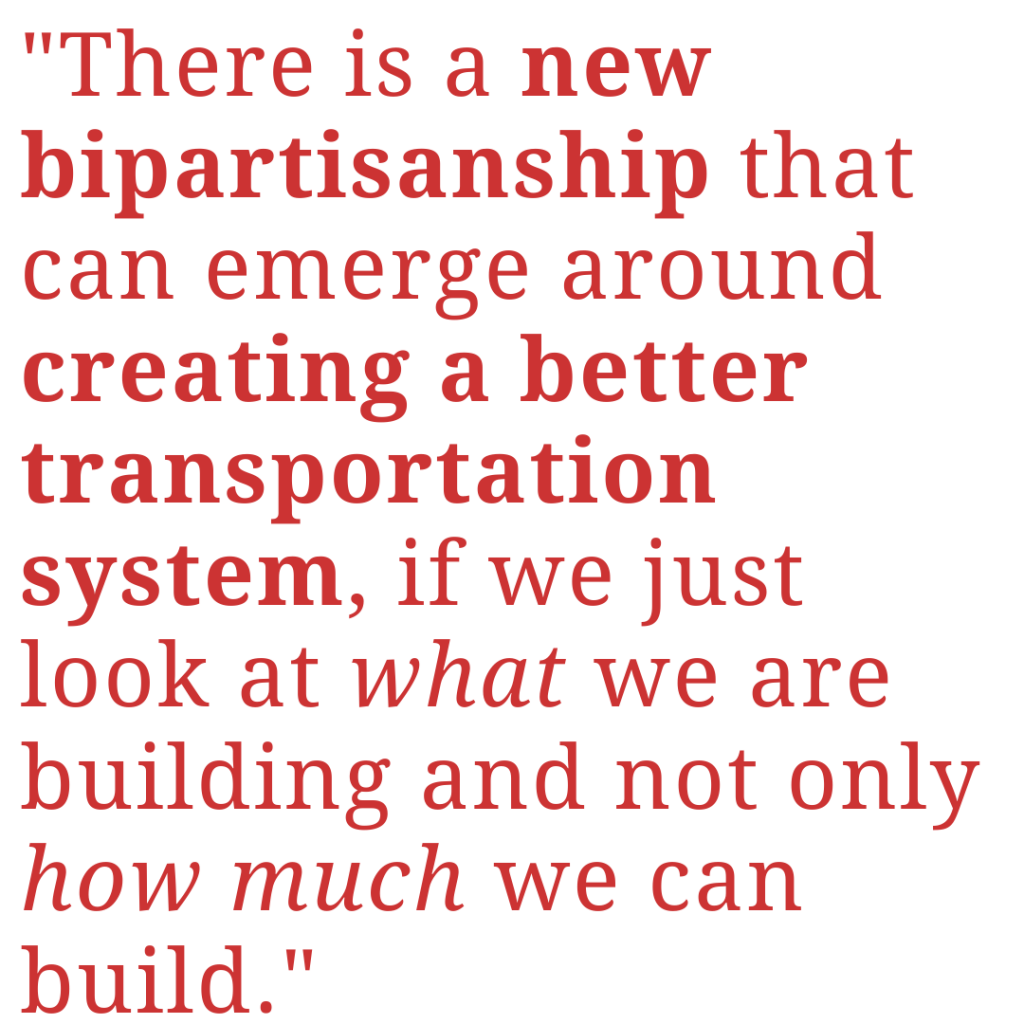 It’s time for Democrats and Republicans—and more of the press—to think about what a transportation program can and should achieve: access to jobs for rich and poor, a safe travel environment for those in and out of a car, and a well-maintained system. None of these goals are partisan. Democrats and Republicans may come to each priority for slightly different reasons, but there is a new bipartisanship that can emerge around creating a better transportation system if we just look at what we are building and not just how much we can build.
It’s time for Democrats and Republicans—and more of the press—to think about what a transportation program can and should achieve: access to jobs for rich and poor, a safe travel environment for those in and out of a car, and a well-maintained system. None of these goals are partisan. Democrats and Republicans may come to each priority for slightly different reasons, but there is a new bipartisanship that can emerge around creating a better transportation system if we just look at what we are building and not just how much we can build.